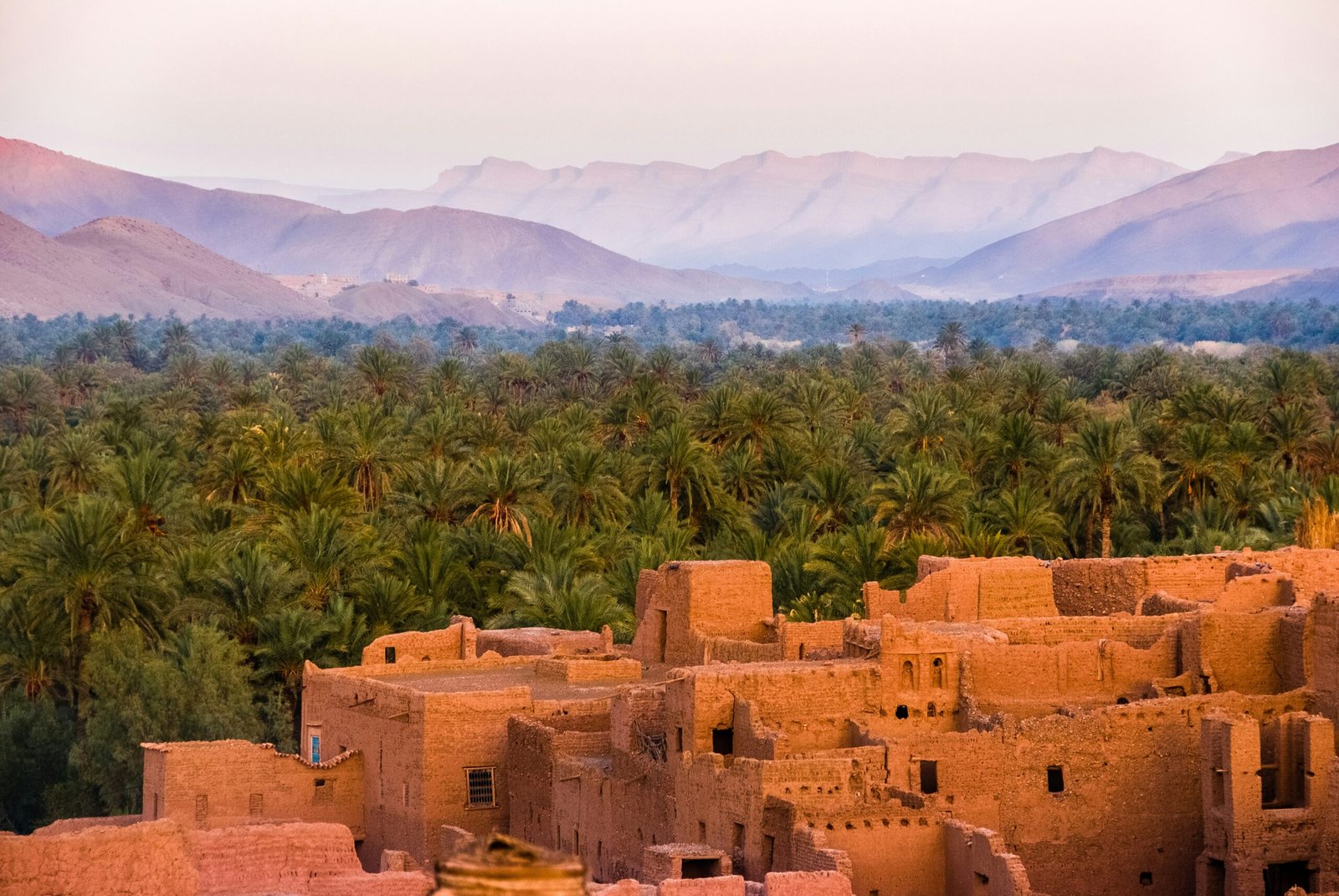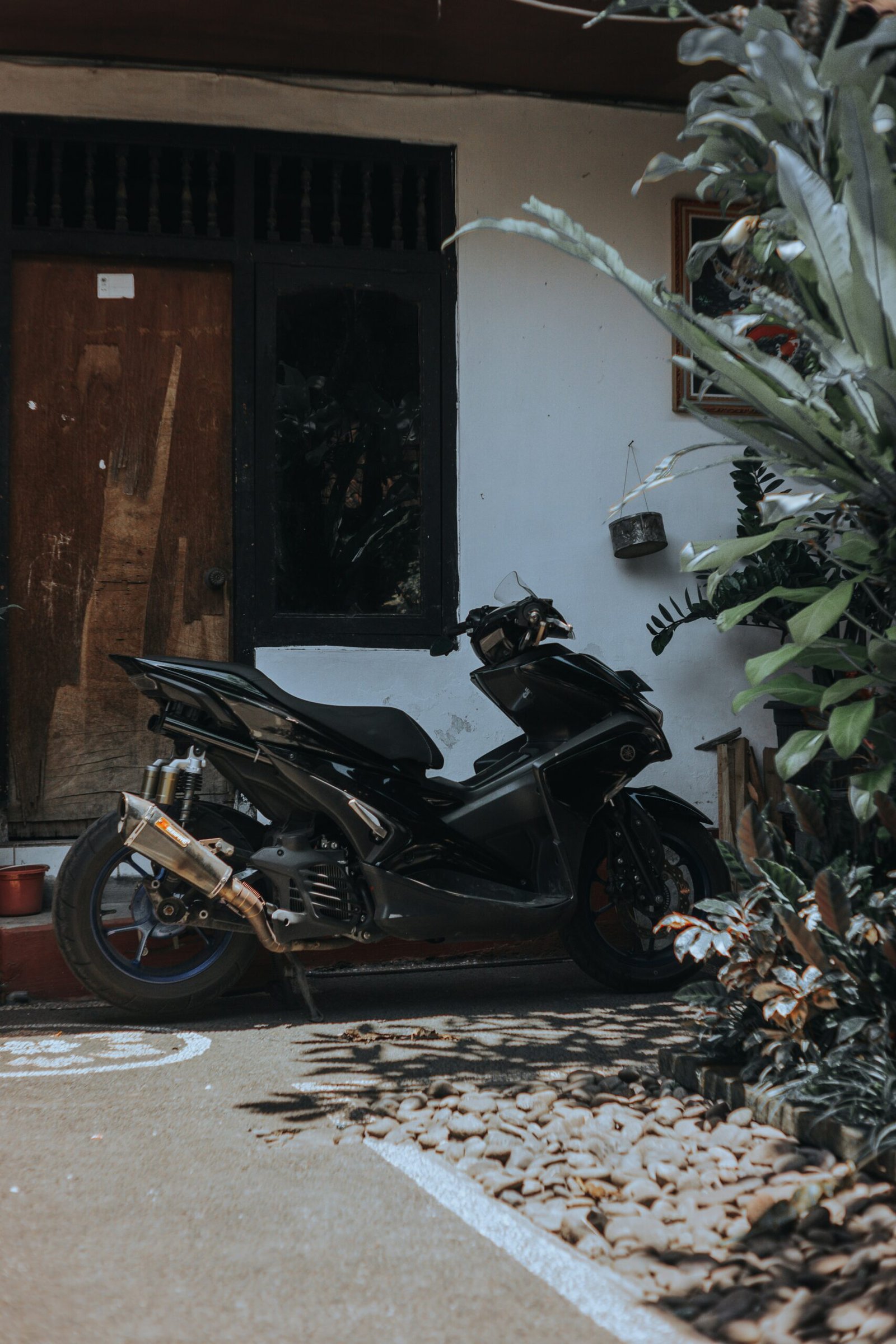Morocco, a country rich in history and culture, is now at the forefront of a digital revolution. As technology continues to reshape the world, it is essential to consider how user experience (UX) design can embrace the country’s heritage and traditions while adapting to the demands of the digital era.
The Importance of UX Design
UX design plays a crucial role in creating digital experiences that are intuitive, user-friendly, and visually appealing. It encompasses various elements, such as information architecture, interaction design, and visual design, to ensure that users can easily navigate and interact with digital platforms.
In the context of Morocco, UX design becomes even more significant as it seeks to bridge the gap between tradition and modernity. By incorporating elements of Moroccan culture and heritage into digital interfaces, UX designers can create experiences that resonate with the local population and visitors alike.
Embracing Moroccan Heritage in UX Design
When designing digital experiences for Morocco, it is essential to consider the cultural context and values of the country. By incorporating elements of Moroccan heritage, UX designers can create interfaces that feel familiar and authentic to users.
One way to embrace Moroccan heritage in UX design is through the use of colors, patterns, and motifs inspired by traditional Moroccan art and architecture. These visual elements can evoke a sense of familiarity and pride, creating a connection between the user and the digital platform.
Another aspect to consider is the use of language. Morocco has a rich linguistic heritage, with Arabic, Berber, and French being widely spoken. By offering multilingual interfaces, UX designers can cater to the diverse linguistic needs of the population, ensuring that everyone can access and engage with digital platforms.
Furthermore, UX designers can incorporate storytelling techniques into their designs to create immersive experiences. Moroccan culture is deeply rooted in storytelling traditions, and by integrating narratives into digital interfaces, designers can captivate users and create a deeper connection with the content.
Adapting to the Digital Era
While embracing Moroccan heritage is essential, UX designers must also adapt to the demands of the digital era. This involves staying up to date with the latest design trends, technologies, and user preferences.
As mobile usage continues to rise in Morocco, UX designers must prioritize creating mobile-friendly experiences. This includes responsive design, intuitive navigation, and optimized content for smaller screens.
Additionally, UX designers should consider the unique challenges and opportunities that arise from Morocco’s diverse population. By conducting user research and usability testing, designers can gain insights into the specific needs and preferences of different user groups, allowing them to create inclusive and accessible digital experiences.
The Future of UX Design in Morocco
The future of UX design in Morocco holds great potential. As the country continues to embrace digital transformation, there will be increasing opportunities for UX designers to create innovative and culturally relevant experiences.
Collaboration between UX designers, developers, and stakeholders is crucial in ensuring that digital platforms reflect the values and aspirations of the Moroccan people. By working together, they can create user-centered designs that not only meet the functional requirements but also evoke a sense of pride and belonging.
In conclusion, revolutionizing UX design for Morocco involves striking a balance between embracing heritage and adapting to the demands of the digital era. By incorporating elements of Moroccan culture, language, and storytelling, while also staying abreast of the latest design trends and technologies, UX designers can create digital experiences that are both culturally relevant and user-friendly.












Leave a Reply